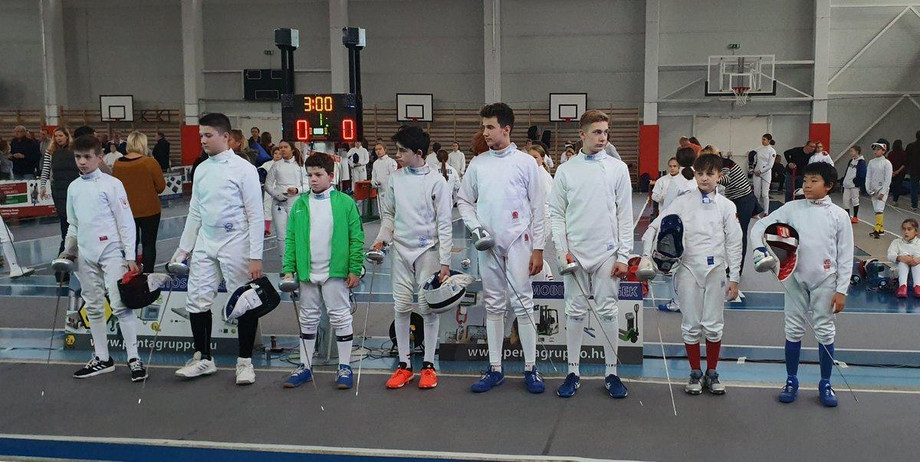In the game of fencing, saber
fencing is the most like the blade skirmish of yesteryear. Sabers gauge the
most and are the greatest of all London Fencing Club. The saber
is really a sword with a sharpened edge at the edges, not quite the same as the
epee and fencing foil.
Saber fencing has an extraordinary
procedure and set of rules making it seriously testing but then more convoluted
simultaneously. Side contacts are permitted in this game and the entire body
over the abdomen is a reasonable game, aside from the rear of the head, the
hands, and the wrists. The possibility for more prominent focuses and more
muddled and included techniques is because twofold contacting isn't allowed.
Fencing comes from the genuine
utilization of blades as weapons of fighting, and these swords had practical
focuses and edges with the goal that the two of them could puncture and cut.
The saber sharp edge is most similar to the battling blade by all accounts and
capacity. It is somewhat stiffer than different blades.
Fencing is a surprising game in
that it depends undeniably less on animal strength than on dexterity and methodology
making it open to numerous competitors both enormous and little. Ladies
regularly rival men since size alone isn't quite a bit of a benefit, even
though a careful distance can be a resource.
Fencing hardware is pretty much
something similar for people. People contend with similar weapons, utilizing
the equivalent dueling systems, even though ladies can decide to wear a
discretionary chest defender. Ladies appear to float towards the epee and foil.
Like all fencing, saber fencing is
formal in rules and manners. There are rules of "option to proceed"
dictated by who first starts a move, and a significant part of the wording is
as yet in French. Assaulting movements are called pushes and cuts and
protective moves are called repels. A score is called contact. Saber work
depends significantly more on footwork than epee and foil.
Saber fencing isn't just an Olympic
occasion yet, in addition, a well-known secondary school and school sport
alongside epee and foil. While regularly considered as an individual game,
fencing is likewise an incredible group activity. By and large, groups
comprised of three individuals with a substitute, with the substitute fencing
just in case of injury or withdrawal of one of the essential colleagues.
Matches are limited by time limits, with a typical design being three minutes
of fencing or eight contacts.
For More Info: - Fencing For
Children in London



